"The tastes and preferences of a people are moulded by their temperaments, their religious beliefs, and the flora and fauna of their land”
Nandalal Bose, Vision and Creation
About the Studio:
The Plants & Decorative Practices studio contributes to the development of pedagogies for plant study through the decorative arts.
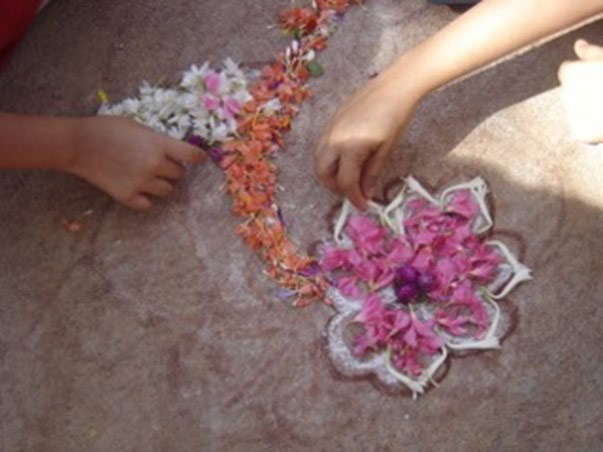
Vision / Mission / Objectives
The diverse ways by which botanical knowledge is manifested and publicly encountered through cultural artefacts, events and discourses, operate as forms of public pedagogy. These forms influence our perceptions as we make sense of the our relationship with the plant world, especially through ecological lenses within post-pandemic contexts. The possibility to change, to reframe and to imagine begins with an awareness of our perceptions of the botanical realm. This awareness can then lead us, as pedagogues, artists and designers, to imbue the forms we create with the potential to enchant.
The Plants & Decorative Practices studio centres itself on projects and experiments that explore plants in and through the decorative arts. The studio offers a fertile territory for creative practitioners to intersect with the botanical world.
Research Areas
Contours for a Curriculum
What are the different approaches to study the botanical world through decorative art practices, especially in light of the contemporary moment? This inquiry focusses on ideas for a curriculum and their contemporary relevance. These include exploring plants and their representation in ornament and decoration, as symbols and motifs, in street art and design, and across global and Indian craft and art traditions.
Botanical Encounters
What are effective pedagogies to engage with plant representations in art and design? This inquiry focusses on developing pedagogical insights for plant study by exploring representations of plants created by artists, designers, decorators and other creative practitioners.
Aesthetic Translations
What are the affordances and limitations of ornamental modes of enquiry when applied to contexts that are used as platforms to raise critical discussions about the plant world? This inquiry focusses on art and design pedagogies underpinning the use of contexts that draw attention to various kinds of knowledge of plants that include botanical, ethno-botanical, social and political.
Earlier Projects
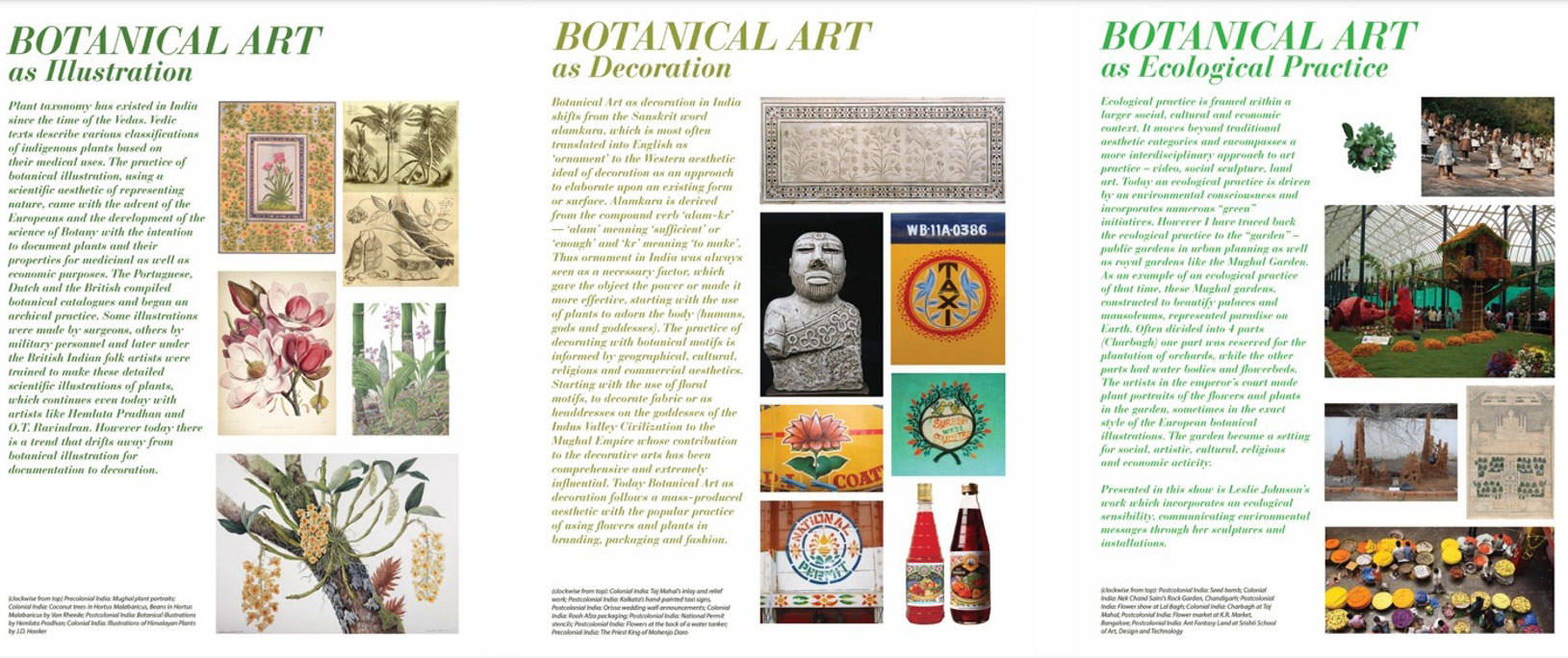
Figures above: Three areas for the study of plants through Botanical Art, proposed at Leslie Johnson’s Walk the Green Carpet exhibition in March, 2015, where pedagogical propositions for plant study through art and design were mooted: Botanical Art as Illustration, Botanical Art as Decoration, Botanical Art as Ecological Practice (Poster design Prerna Bishnoi)
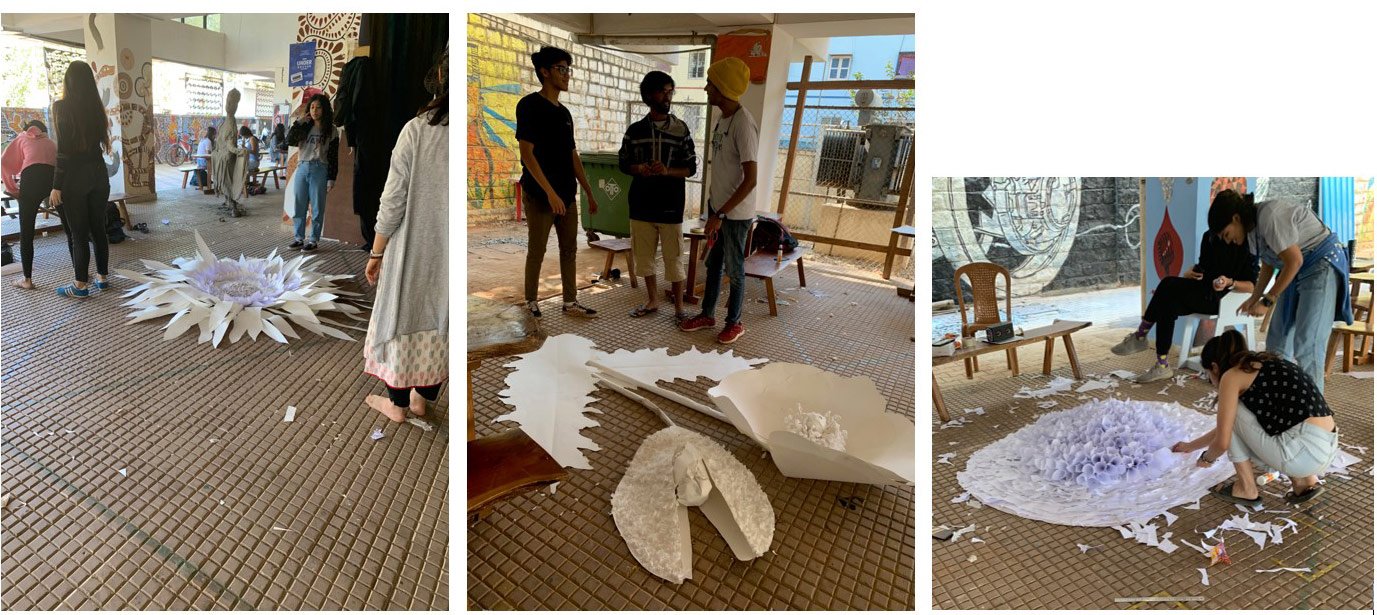
Figures above: Plants in Protests: Paper sculptures of the sunflower, poppy and carnation created as part of a course on plants used in protests and protest movements at Srishti (January 2020)
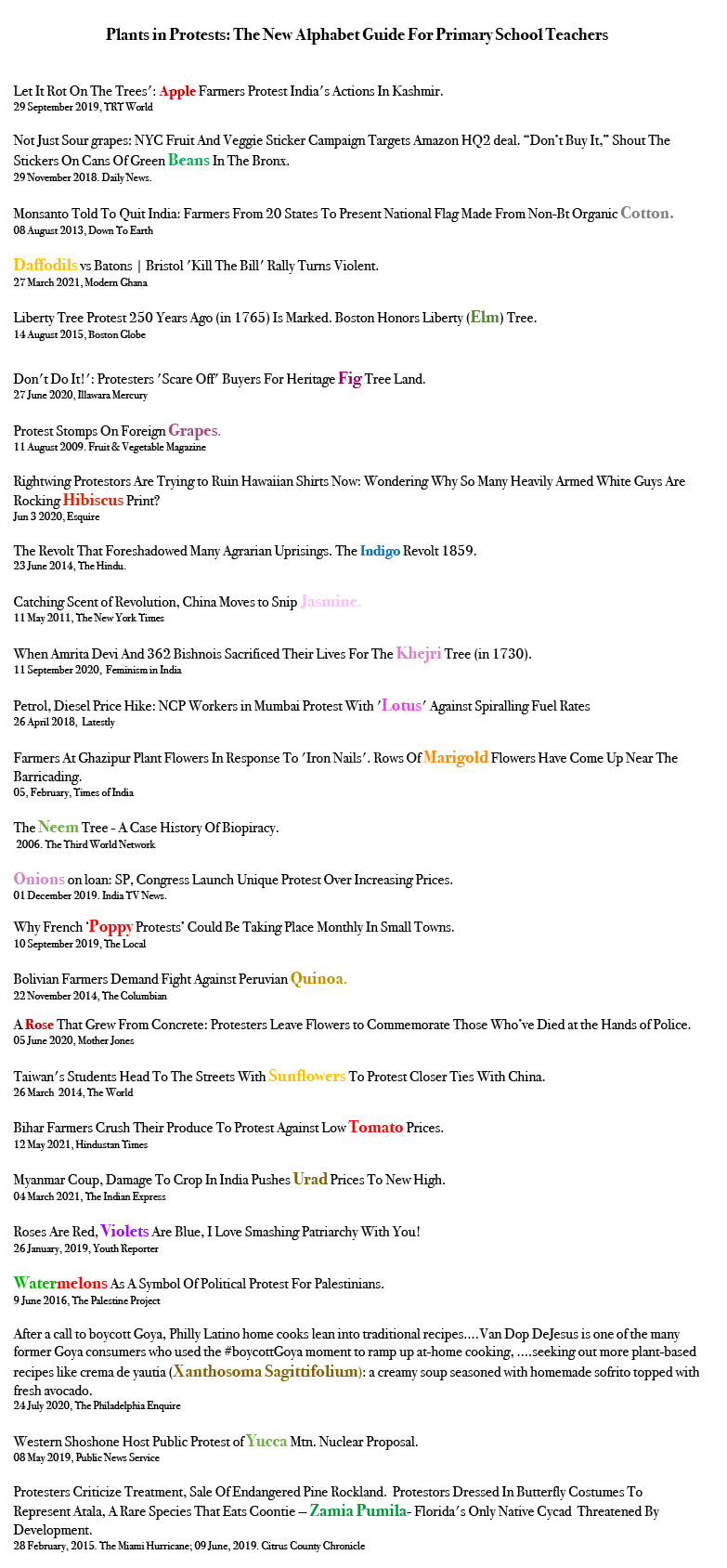
Figure: Poster ‘Plants in Protest- The New Alphabet Guide for Primary School Teachers’ (Poster design Pedagogy with the Botanical, 2021)
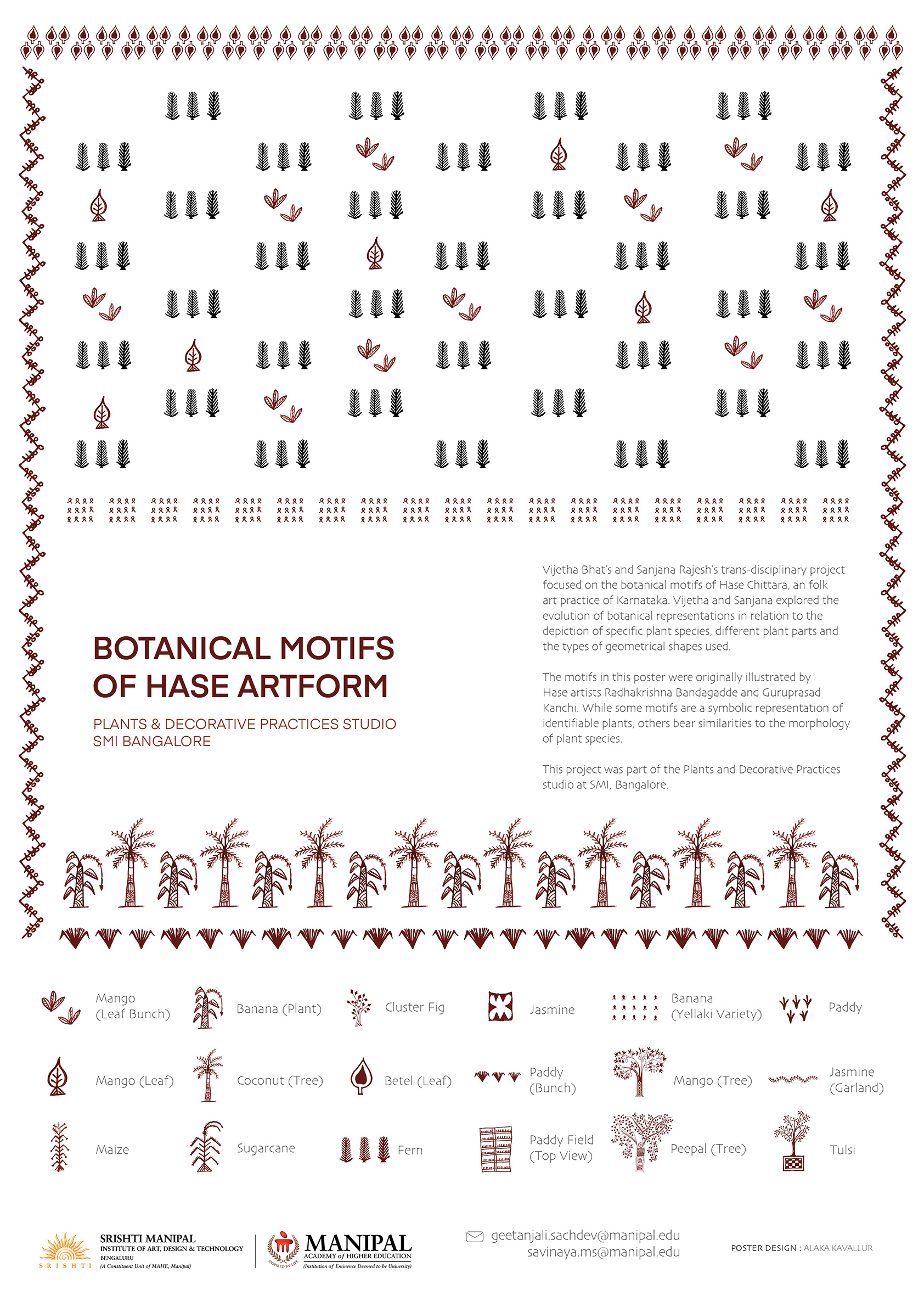
Figure: Botanical motifs of Hase Chittara, an endemic folk artform of Central Western Ghats, Karnataka.
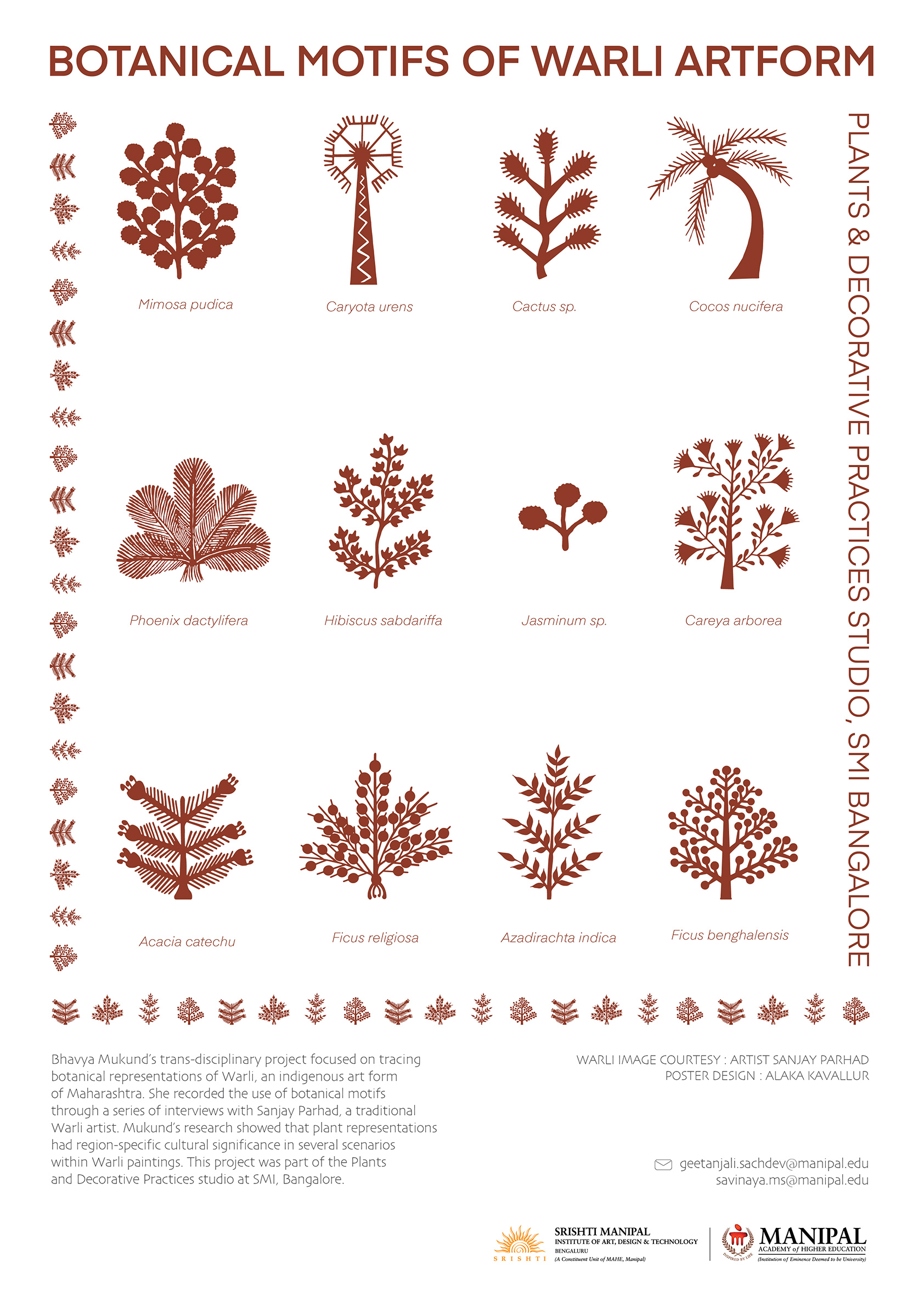
Figure: Botanical motifs of Warli art form
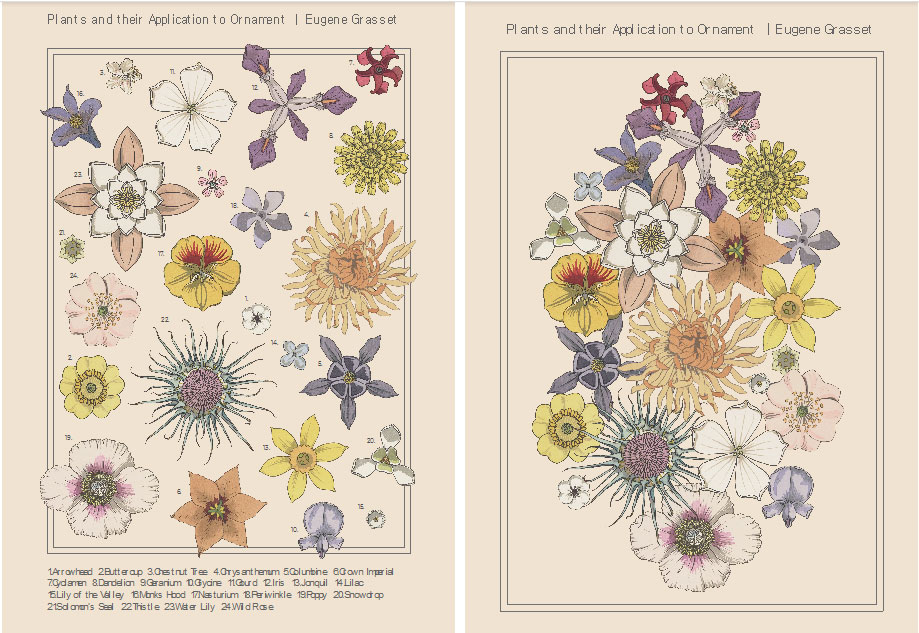
Figures (above): Poster ‘Grasset’s 24’. Plant illustrations from Eugene Grasset’s book, Plants and their Application to Ornament (1896) (Poster design Sophia Lappe for Pedagogy with the Botanical, 2022)
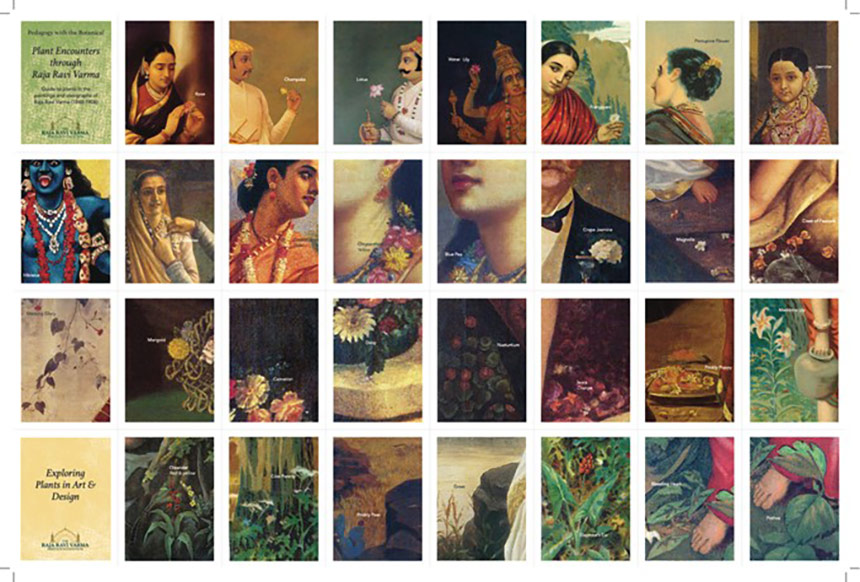
Figure: Guide to plants in the paintings and oleographs of Raja Ravi Varma (1848-1906) (Front)

Figure: Guide to plants in the paintings and oleographs of Raja Ravi Varma (1848-1906) (Back)
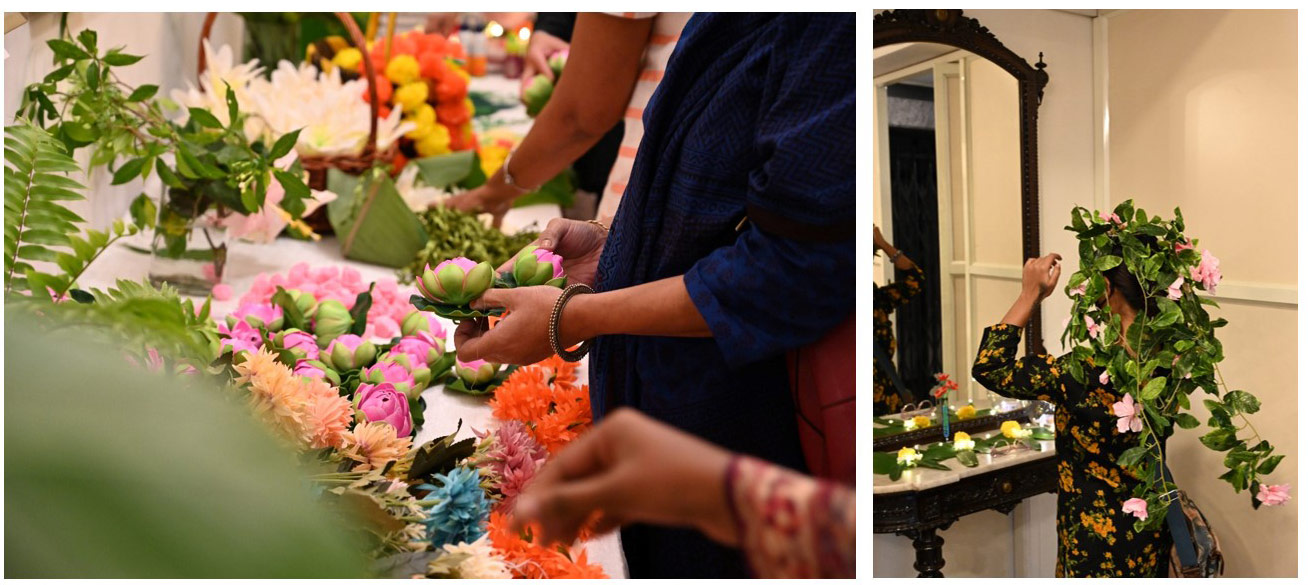
Figures (above): Learning event based on flowers and plants in some iconic works of the Indian artist and painter Raja Ravi Varma, at Gallery g, Bangalore in December 2021
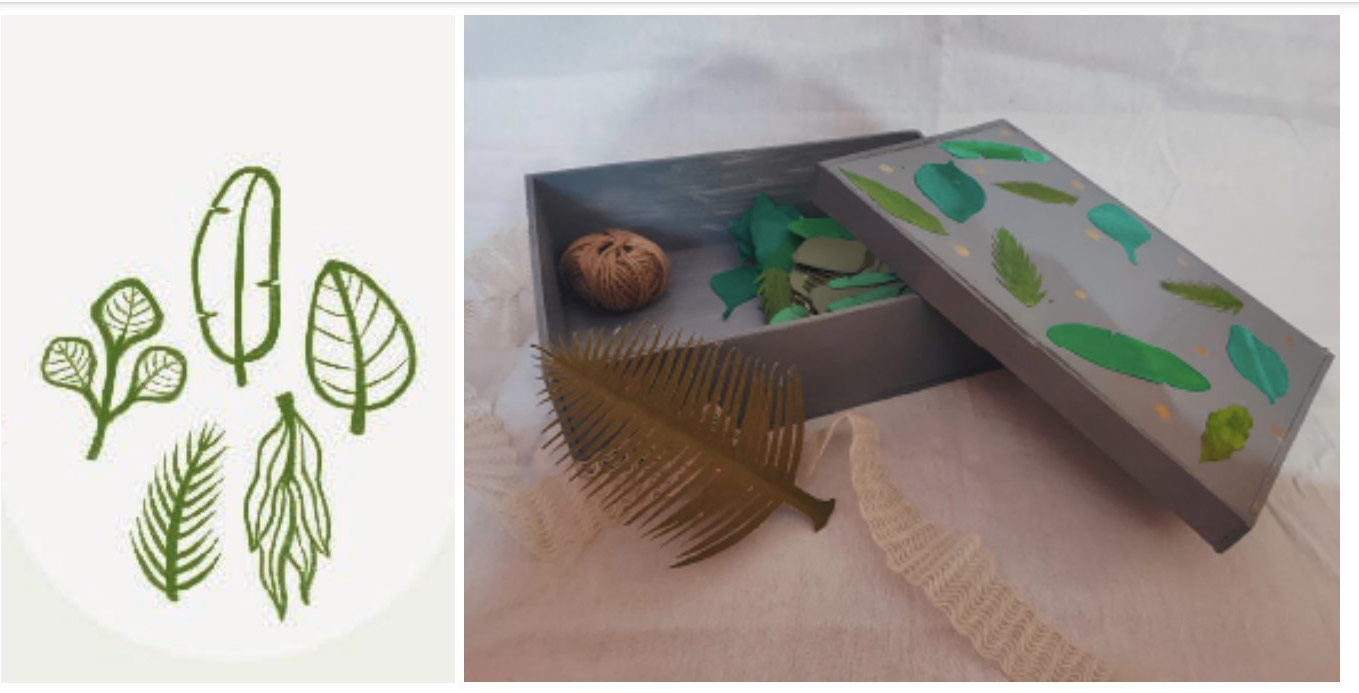
Figures (above): Leaf drawings towards a paper-leaf kit, based on trees seen in the paintings of the Indian artist and painter Raja Ravi Varma: Banyan tree in Radha & Krishna (1901); Coconut tree in Maharaja of Travancore Welcoming The Duke of Buckingham and Chandos(1881); Banana tree in Damayanti & Hamsam (1899); Butea Monosperma in Vasantika (1890); Ashoka tree in Sita in Ashoka Grove(1894). (Design Ananya S and Malavika Joshi, 2022)
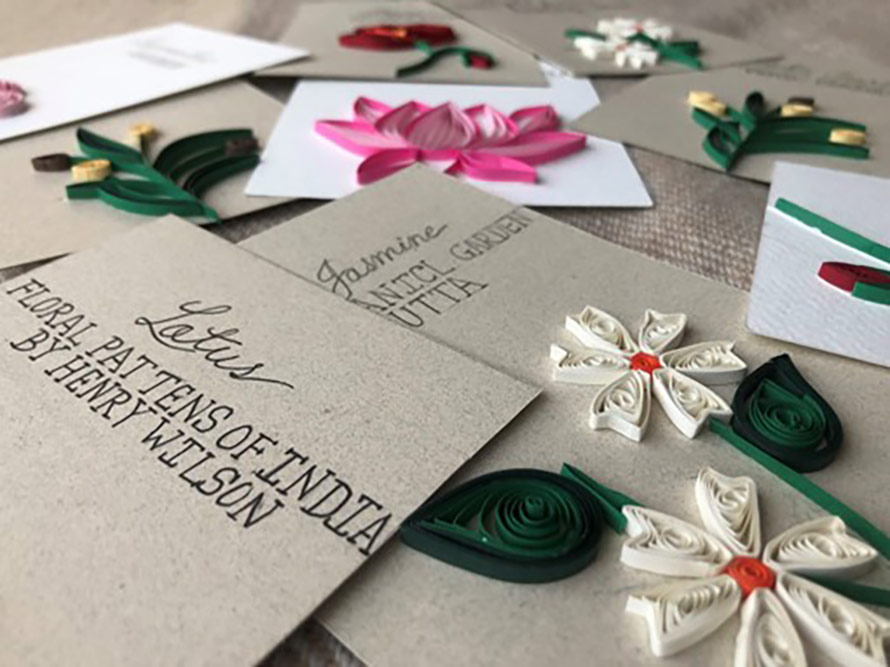
Figure: Paper Quilling a Timeline of Plants in Decorative Art: Job’s tears, poppy, night jasmine, lotus, bosporus rose (Sakshi Modi 2022)
Faculty
Geetanjali Sachdev (Lead Pedagogue)
Dr.Savinaya M S (Botanist)
Research Blogs
Capstone projects
Resources
![]() Botanical motifs of Hase Chittara
Botanical motifs of Hase Chittara
![]() Botanical Motifs of Warli Art Form
Botanical Motifs of Warli Art Form
![]() 81 Plant Metaphors and Analogies
81 Plant Metaphors and Analogies
![]() Line drawings of the State Flowers of India by Vanshika Agarwal
Line drawings of the State Flowers of India by Vanshika Agarwal
Opportunities
Project opportunities: Designing archives as a pedagogical resources; planning and designing material for pedagogic exhibitions; developing pedagogic kits
Residency opportunities: Preetnagar, Amritsar: https://preetnagarresidency.in/future_residencies/
Internship opportunities: Pedagogy with the Botanical
